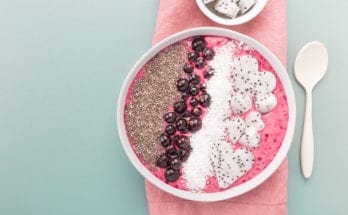For as long as can be remembered, fat has always been symbolized as some bad guy who is determined to make our lives difficult and give us all sorts of diseases.
The thought has somehow become ingrained in our minds that the only way to lead a healthy life is to remove them from our lives, and ultimately our body. But how would you feel if we tell you that fats are not bad at all, in fact, our body requires it?
The only reason they have come across as scoundrels is because we couldn’t tell the good ones from the bad, and also because we all are really fond of delicious food (fats or not).
Let us tell you some things about the two kinds of fats, saturated and unsaturated and allow us to tell you which one is better for you:
Saturated Fats
Saturated fats are solid and remain solid even at room temperature because of their tightly packed bonds. They can be found in butter, or the fats that we see attached to the raw meat. Most commonly, saturated fats are found in beef, pork, goat, and chicken.
The leaner products have lesser fats, such as in chicken breasts.
Some of the food products are rich in saturated fats but do not follow the common definition of remaining solid at room temperature. Whole milk, palm oil, and coconut oil remain liquid at room temperature yet have a high amount.
Saturated fats are also sometimes referred to as solid fats and our body requires this kind of fat. However, the intake should be no more than 7% of daily calories. Surpassing this amount can make it a problem and increase the risk of contracting heart diseases.
Unsaturated Fats
Unlike saturated fats, the molecules of unsaturated fats are linked in chains and are more flexible and bendable. This fat remains liquid at room temperature like regular cooking oils.
Unsaturated fats usually come from plant sources and sometimes fish. This kind of fat is not as dangerous as saturated and actually reduces high blood cholesterol levels and is heart healthy.
Saturated Vs Unsaturated
Now to the part where we tell you which one is good and which one is bad!
Truth is, neither kind of fat is too good for us, but neither kind is too bad either.
So you have to take both kinds of fats because replacing one with other can again lead to the risk of various diseases. That said, it would be better to limit the intake of both. Limiting the intake would allow your body to receive the amount it needs and use it. The excessive fat intake would make it pile until it clogs your arteries and leads to high cholesterol and heart failure.
Hence, it’s not a matter of which one is better, but how much is better!
According to the American Heart Association, the total fat intake must be 25% to 35% of total calories.




